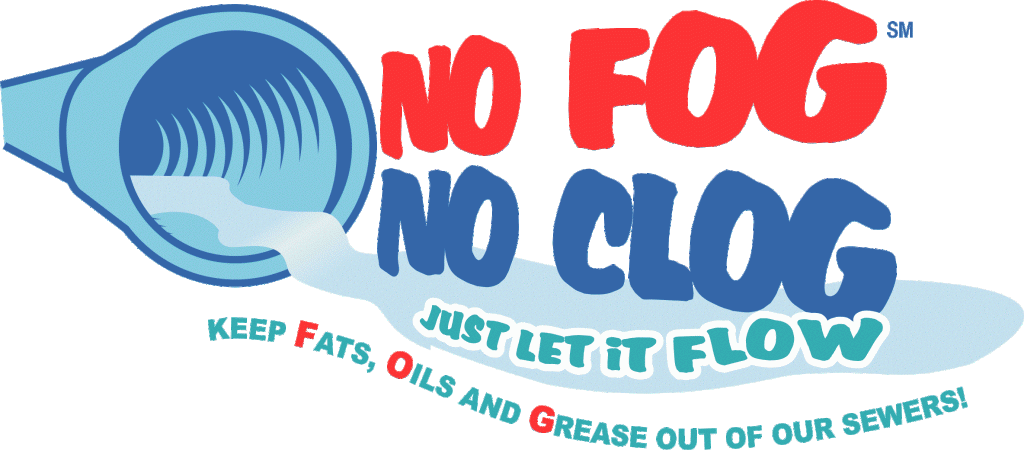
FOG - Fats, Oils & Grease
FOG is composed of animal and vegetable fats and oils that are used to cook and prepare food.
Where does FOG come from?
• Baking goods • Butter and margarine • Cooking oil
• Dairy products • Food scraps • Lard
• Meat fat • Sauces • Shortening
What happens when FOG is not properly disposed of?
FOG enters the plumbing system through:
§ Home Garbage Disposals
§ Kitchen sinks
§ Toilets.
FOG then coats the interior of pipes and empties into the County’s sewer system.
Excessive accumulation of FOG in the sewer system will result in Sanitary Sewer Overflows (SSOs) and sewage backups in homes and businesses. SSOs repairs are costly for the County and residents and can result in increased costs for water and sewer services.
What can you do to help?
There are three simple practices that help keep FOG out of our pipes and sewers:
1. POUR cooled fats, oils or grease into a sealable container and throw it in the trash. Do not pour FOG down the sink or toilet.
2. SCRAPE plates and cookware before washing. Do not throw food crumbs down the sink; instead, place them in waste containers or garbage bags.
3. WIPE excess grease from all plates, pots, pans, utensils, and surfaces with a paper towel before washing. Throw the greasy paper towels away.
Watershed Management Videos
§ How to dispose of Grease properly Video
To schedule a FOG Presentation contact:
Brenda Winston
(404) 569-2256